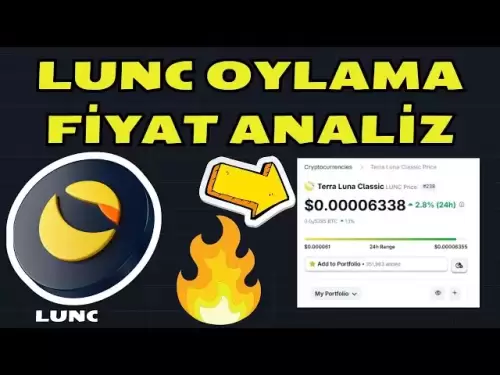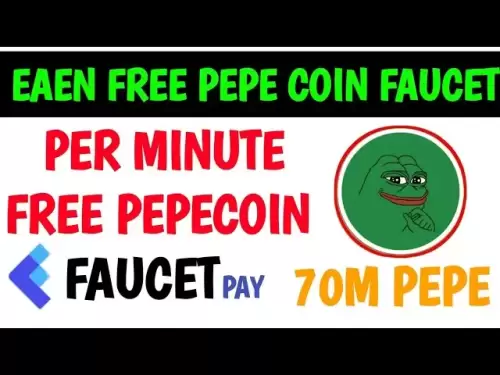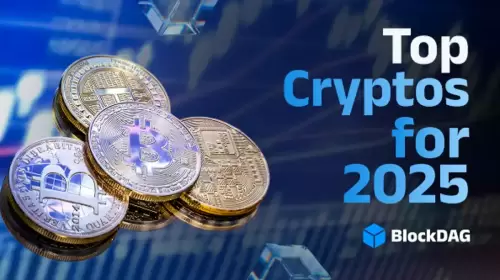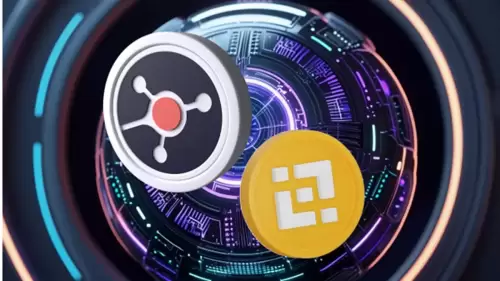 |
|
 |
|
 |
|
 |
|
 |
|
 |
|
 |
|
 |
|
 |
|
 |
|
 |
|
 |
|
 |
|
 |
|
 |
|
通過用低能中子的光束對古董硬幣進行成像,由美國國家標準技術研究所(NIST)領導的研究小組展示了一種將百年幣與假貨區分開的方法。

A research team has devised a way to use beams of low-energy neutrons to distinguish antique coins from fakes.
一個研究團隊設計了一種使用低能中子的光束將古董硬幣與假貨區分開的方法。
The US–Korean researchers say that the technique could help to authenticate artefacts and provide information about their corrosion state.
美國 - 庫里人的研究人員說,該技術可以幫助對偽影進行身份驗證並提供有關其腐蝕狀態的信息。
Antique coins are valuable not only economically but also scientifically, as they can be used to chronicle the economic, political and scientific developments of nations.
古董硬幣不僅在經濟上而且在科學上都是有價值的,因為它們可以用來記錄各國的經濟,政治和科學發展。
However, scientists must be able to verify that the coins are authentic.
但是,科學家必須能夠驗證硬幣是真實的。
To this end, the team used neutrons to examine two Korean coins — one minted in the 1800s, the other a replica.
為此,團隊使用中子檢查了兩枚韓國硬幣 - 一種在1800年代鑄造,另一個是複製品。
Neutrons penetrate heavy metals, such as copper, iron and lead, and interact strongly with hydrogen-bearing compounds that form as a by-product of corrosion. This makes them ideal for probing metallic artefacts.
中子穿透了重金屬,例如銅,鐵和鉛,並與形成作為腐蝕副產品形成的含氫的化合物強烈相互作用。這使它們非常適合探測金屬人工製品。
The location and pattern of corrosion within the two coins, both composed of copper alloys, provide hallmarks for verifying their age.
兩枚硬幣中腐蝕的位置和模式,均由銅合金組成,為驗證其年齡提供了標誌。
The team employed two complementary imaging techniques. One of the methods, known as neutron tomography, uses a beam of neutrons to take a series of two-dimensional images of an object from different perspectives as the object rotates; these two-dimensional snapshots are then combined to reveal the three-dimensional structure of the coins. The other method, known as neutron grating interferometry, records neutrons scattered at small angles and homes in on microstructures, such as pitting and pores within the coins, that are signs of corrosion.
該團隊採用了兩種互補的成像技術。其中一種被稱為中子斷層掃描的方法使用中子束從不同角度拍攝對象的一系列二維圖像,因為物體旋轉。然後將這些二維快照組合在一起,以揭示硬幣的三維結構。另一種被稱為中子光柵干涉法的方法記錄了中子以小角度和房屋散佈在微觀結構上的中子,例如硬幣內的斑點和孔,這是腐蝕的跡象。
Neutron tomography revealed that in the authentic coin, corrosion had penetrated deep within the body, indicating that the degradation was a gradual process that occurred over many decades. In contrast, corrosion in the recently minted replica was mainly confined to the surface, consistent with rapid corrosion over a short time period.
中子斷層掃描顯示,在真實的硬幣中,腐蝕滲透到體內深處,表明降解是數十年來發生的漸進過程。相反,最近鑄造的複製品中的腐蝕主要局限於表面,這與短時間內的快速腐蝕一致。
The team also used neutron grating interferometry to examine the size of pores within the coins, which provided another method to distinguish between the historic coin and the fake. Pores are created when coins buried in soil or exposed to moisture chemically interact with their environment. The interaction causes metallic compounds to leach out of the coins, leaving behind millimetre-sized holes.
該團隊還使用中子光柵干涉法檢查了硬幣內的毛孔大小,這提供了另一種區分歷史硬幣和假貨的方法。當硬幣埋在土壤中或暴露於水分中時,會產生毛孔。這種相互作用導致金屬化合物從硬幣中浸出,留下毫米尺寸的孔。
As time goes on, however, compounds in the environment begin to penetrate the coins. These compounds, which includes corrosion by-products such as copper carbonates, sulfates and chlorides, pack together and fill the pores, diminishing their size. Indeed, the imaging revealed that the historic coin, which was exposed to its environment for a much longer period of time, had much smaller pores — only micrometres to nanometres in size — compared to the millimetre-sized pores in the replica.
但是,隨著時間的流逝,環境中的化合物開始滲透硬幣。這些化合物包括腐蝕副產品,例如銅碳酸鹽,硫酸鹽和氯化物,包裝在一起並填充毛孔,從而減少它們的尺寸。確實,成像表明,與復製品中的毫米尺寸的毛孔相比,歷史悠久的硬幣在更長的時間內暴露在其環境中的毛孔較小得多,只有微米。
With their initial study now published in the journal Science Advances, the scientists plan to continue their work with a larger supply of Korean coins; it could also be applied to a broader range of metallic artefacts from a diversity of cultures. Neutron-imaging methods can also assist conservation efforts by determining the amount and locations of corrosion in authentic coins, suggesting areas that would benefit from a protective coating.
隨著他們的最初研究現已發表在《科學進展》雜誌上,科學家計劃繼續用更多的韓國硬幣供應繼續工作。它也可以應用於各種文化的更廣泛的金屬偽像。中子成像方法還可以通過確定真實硬幣中腐蝕的數量和位置來幫助保護工作,這表明將受益於保護性塗層的區域。
免責聲明:info@kdj.com
所提供的資訊並非交易建議。 kDJ.com對任何基於本文提供的資訊進行的投資不承擔任何責任。加密貨幣波動性較大,建議您充分研究後謹慎投資!
如果您認為本網站使用的內容侵犯了您的版權,請立即聯絡我們(info@kdj.com),我們將及時刪除。
-

- XRP,Doge,RTX:加密世界中有什麼熱和什麼?
- 2025-07-27 02:00:30
- XRP的監管進度,Doge的Meme Power和RTX的付款創新正在引起浪潮。讓我們分解這些硬幣的最新趨勢和預測。
-

-

-

- 比特幣,機構和抵抗:一個新時代黎明
- 2025-07-27 01:54:28
- 在機構採用和對市場下降的抵抗力的推動下,分析比特幣的增長超過118,000美元。這是新常態嗎?
-

- 比特幣的機構購買:將集會推向新的高度?
- 2025-07-27 01:53:28
- 比特幣的集會是通過機構購買的。發現關鍵的見解,趨勢以及這對加密投資的未來意味著什麼。
-

-

-

-































































